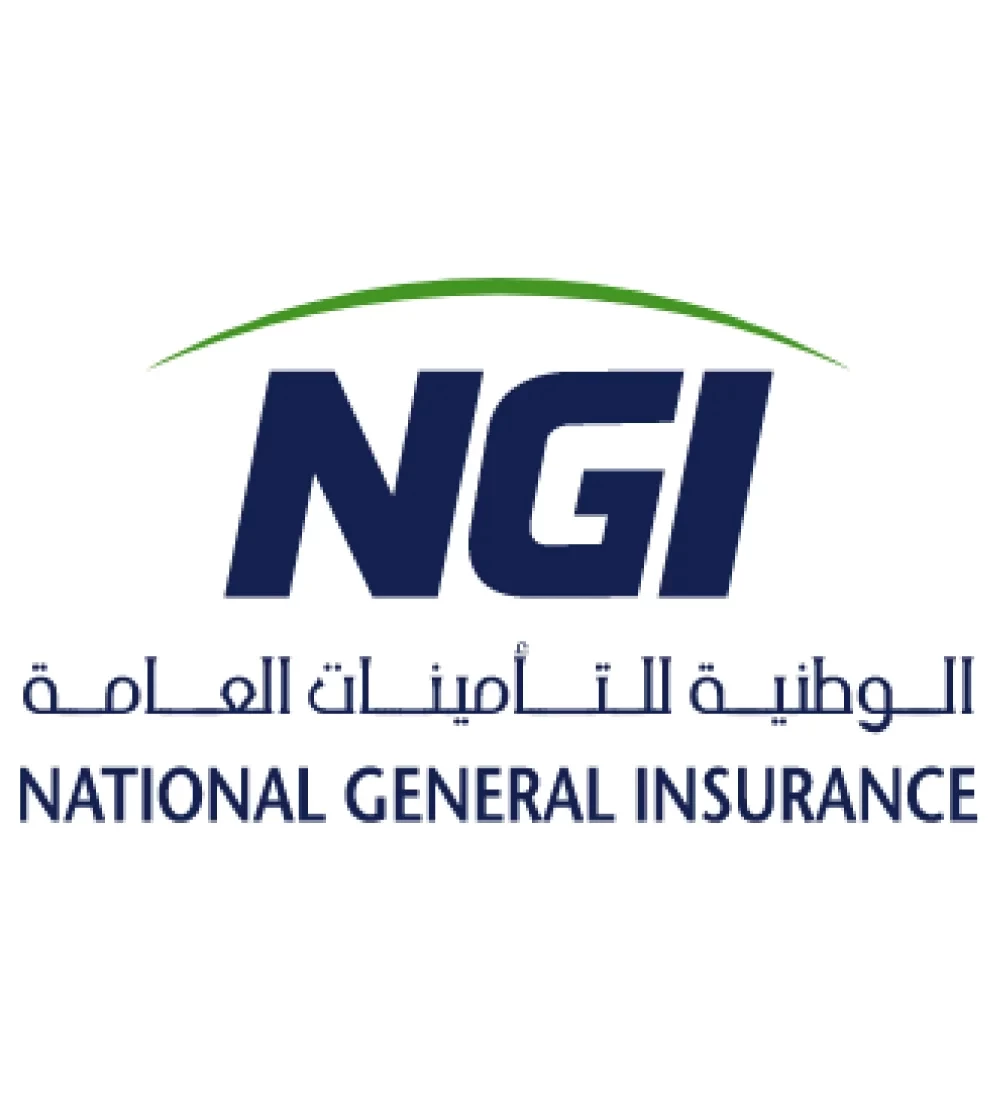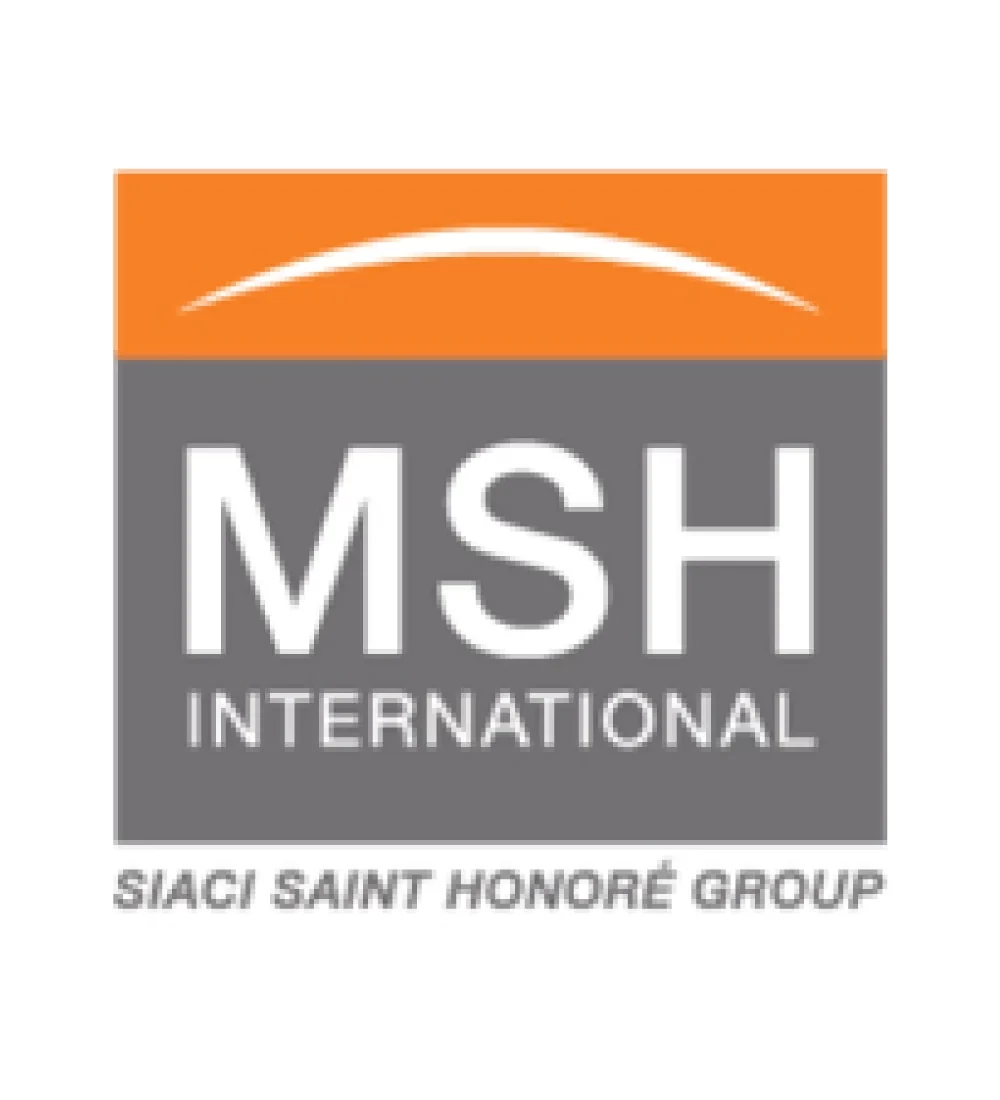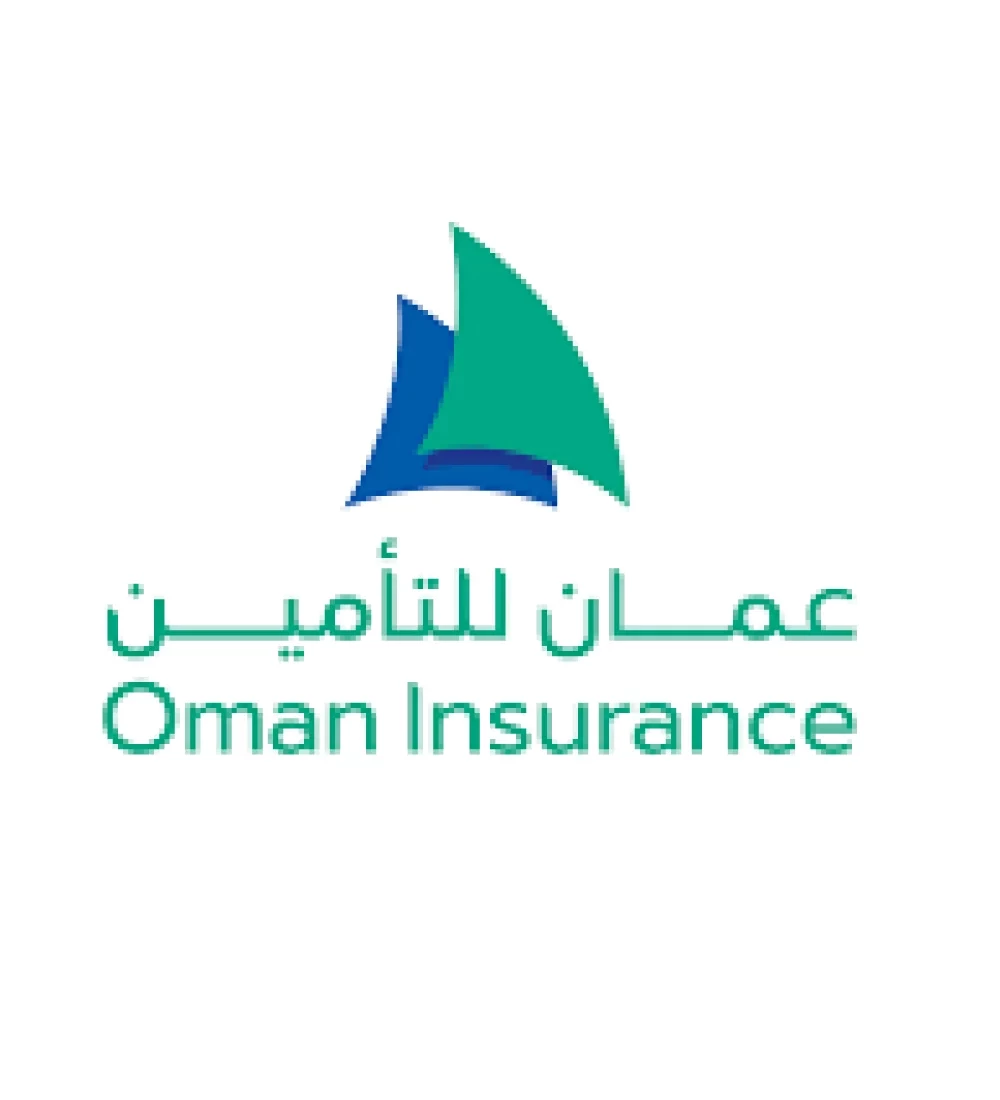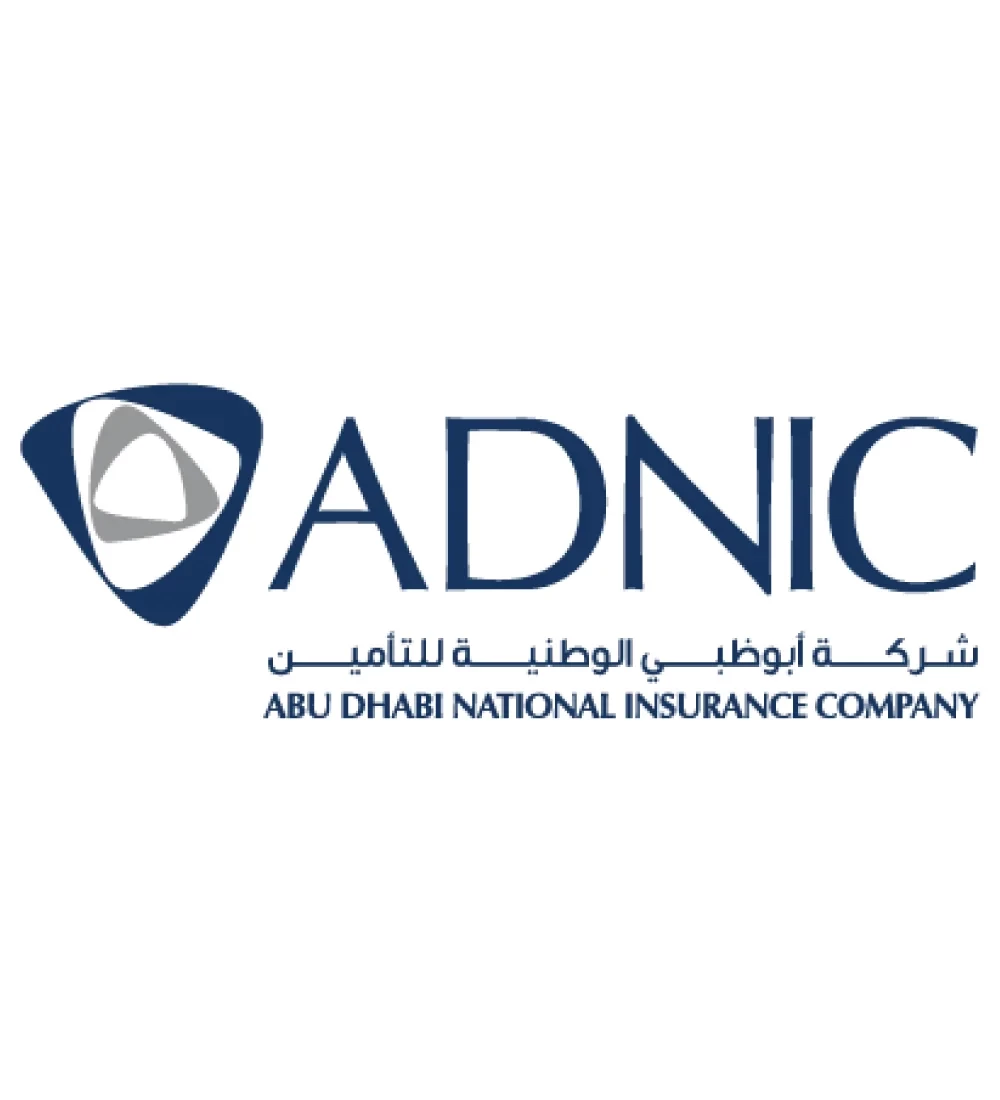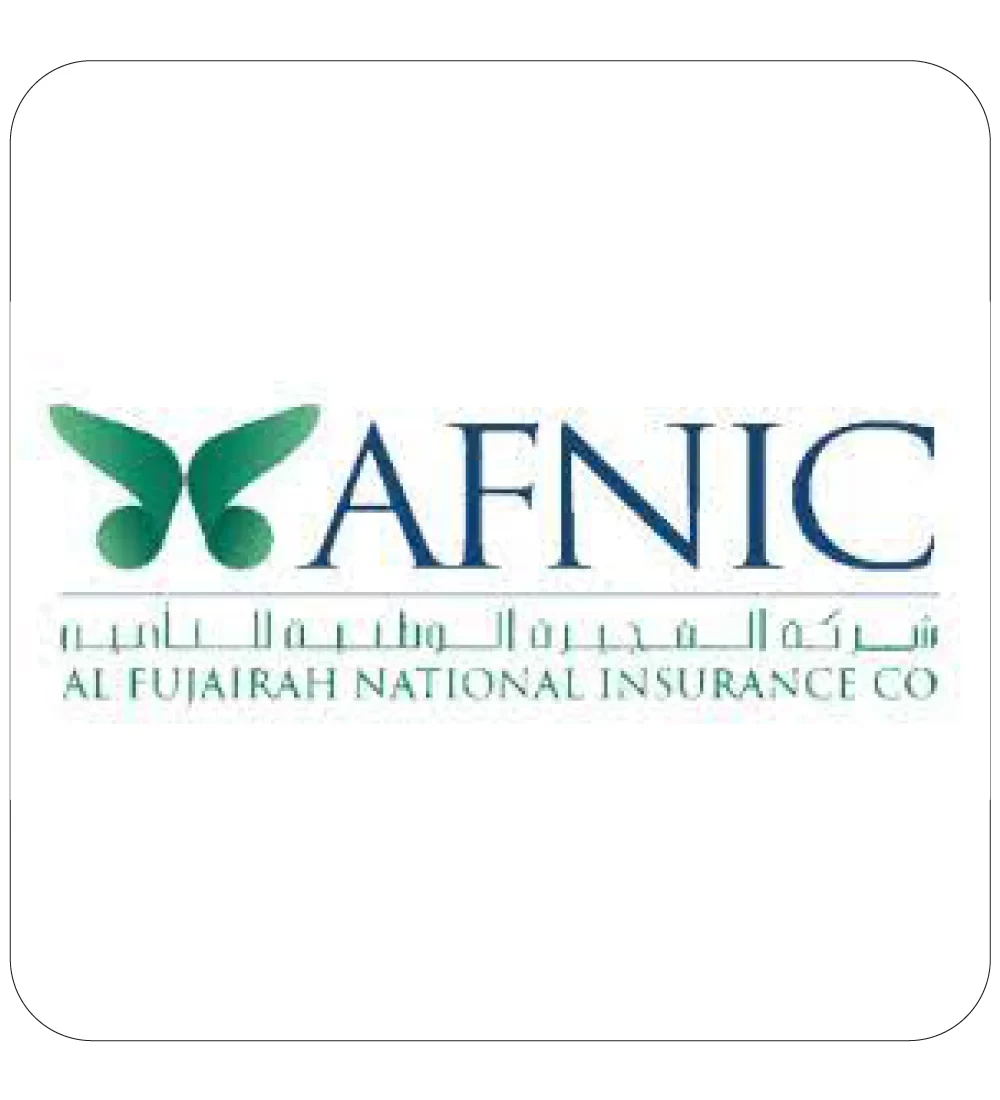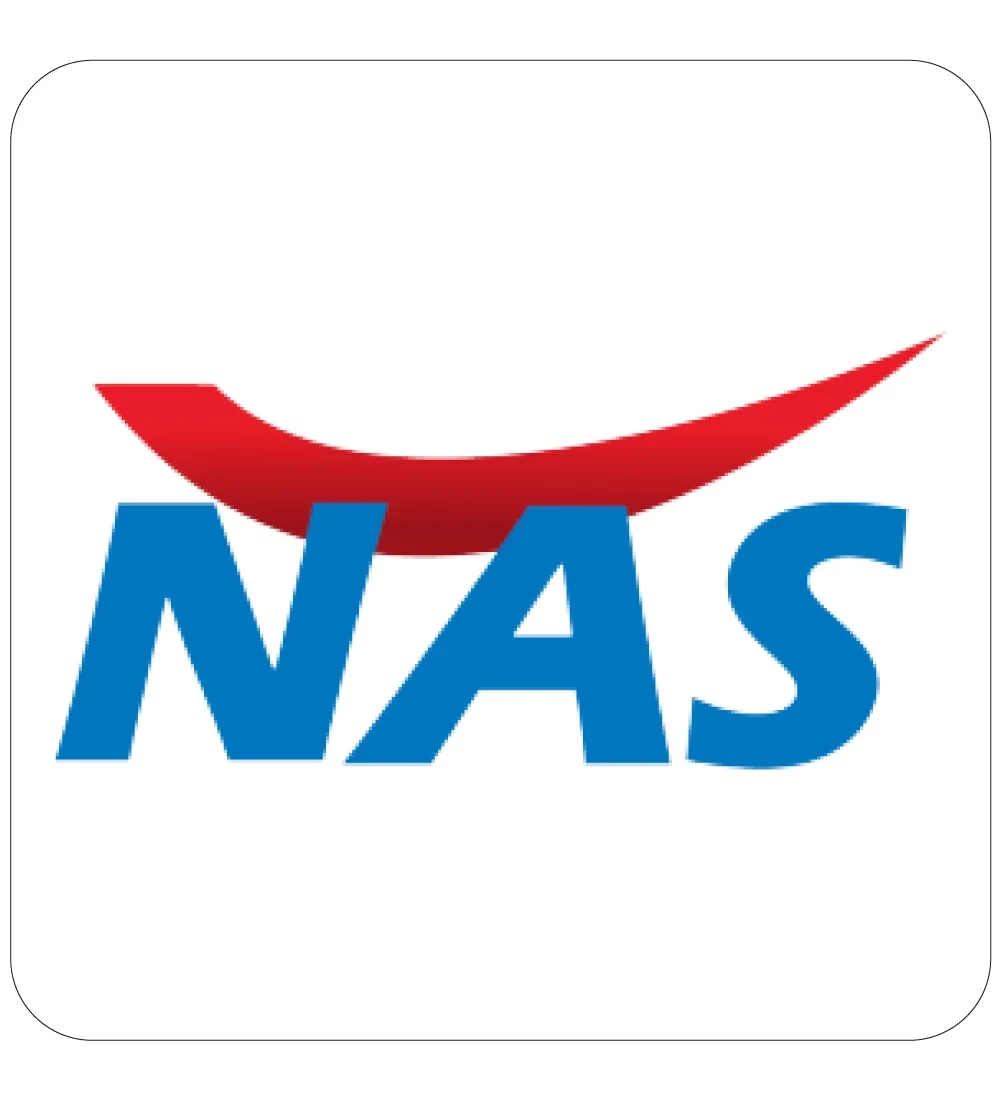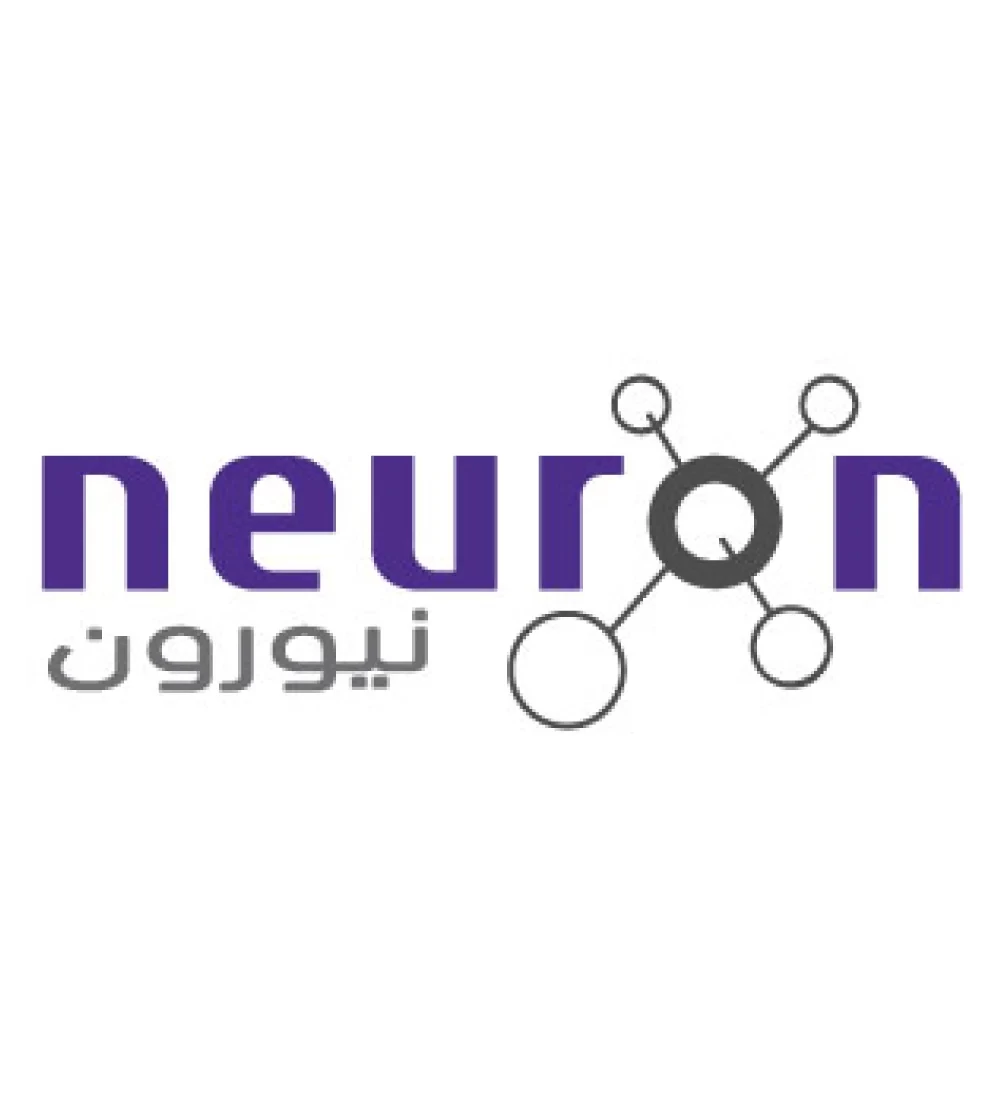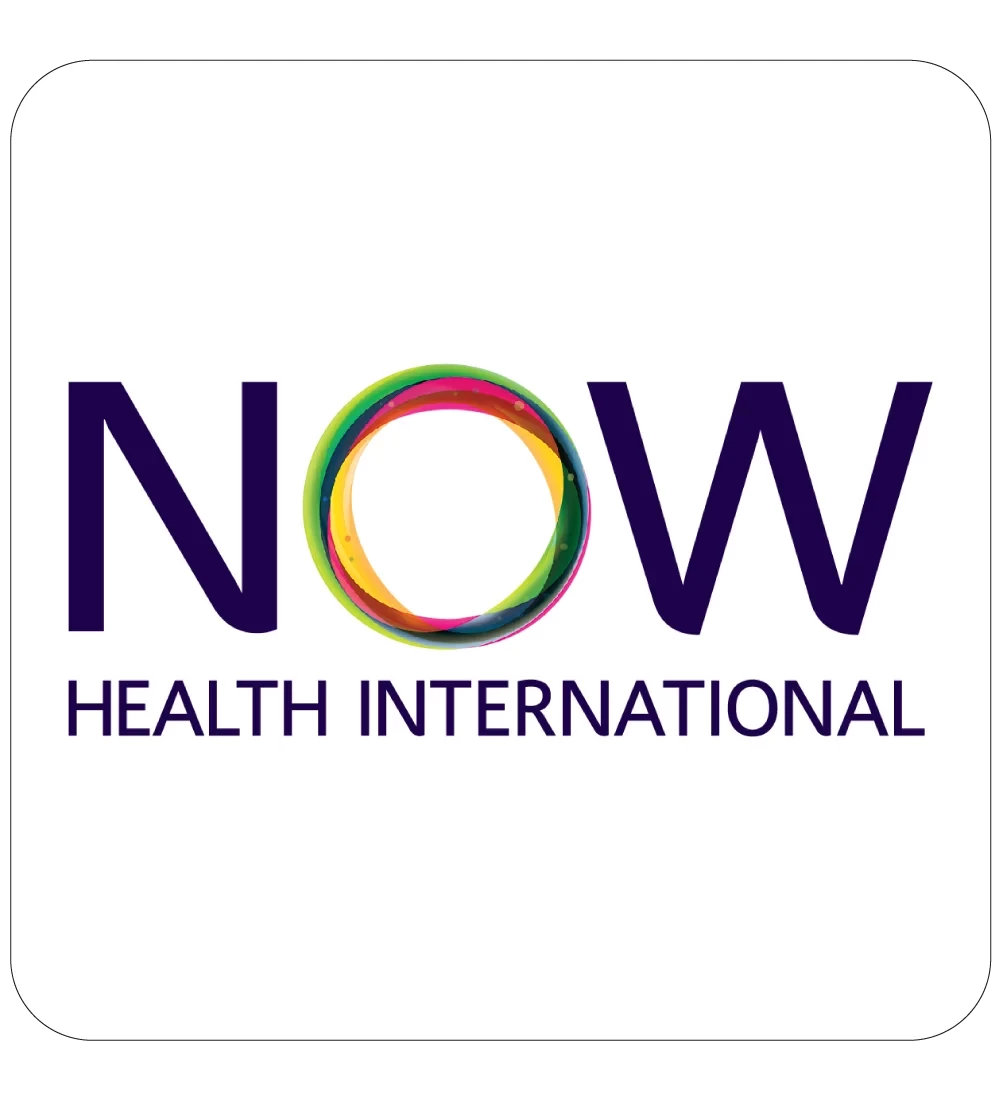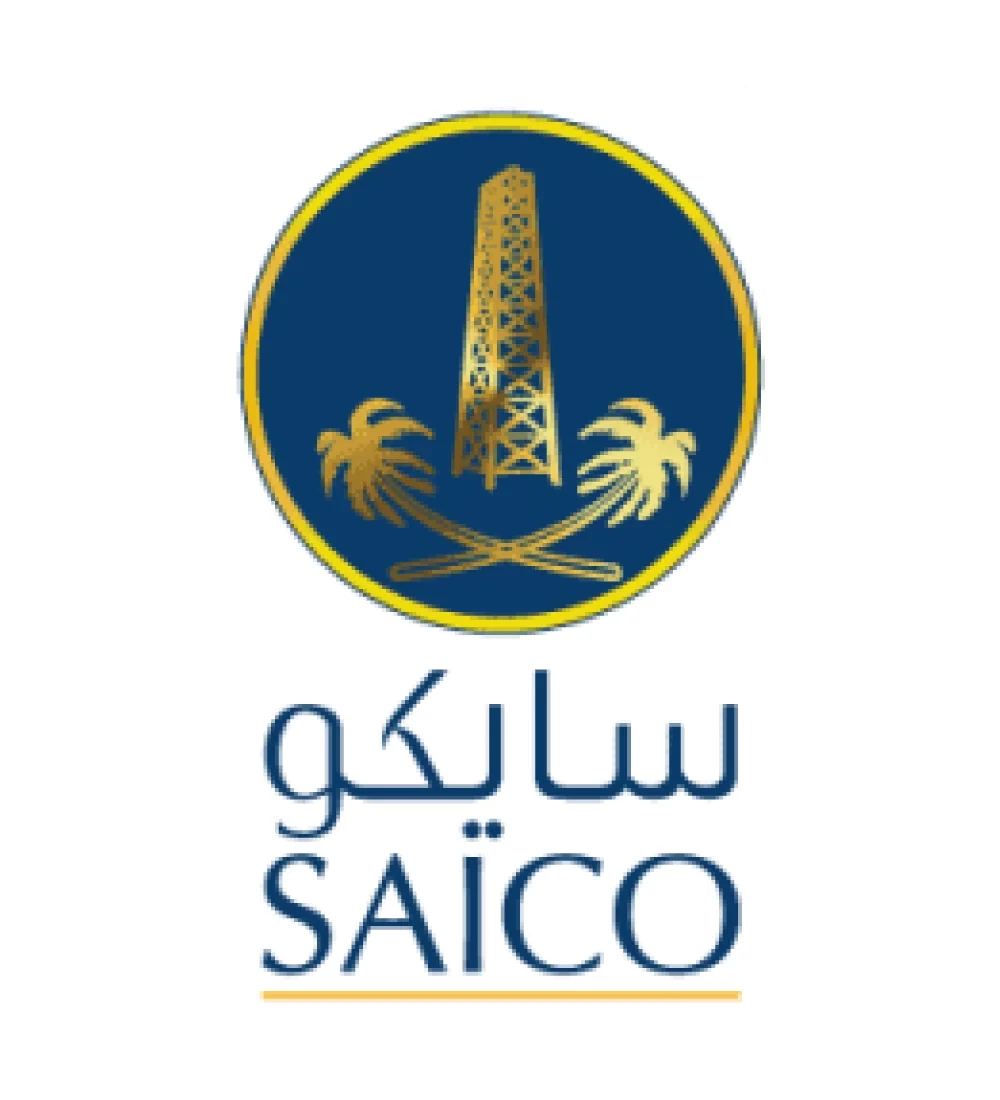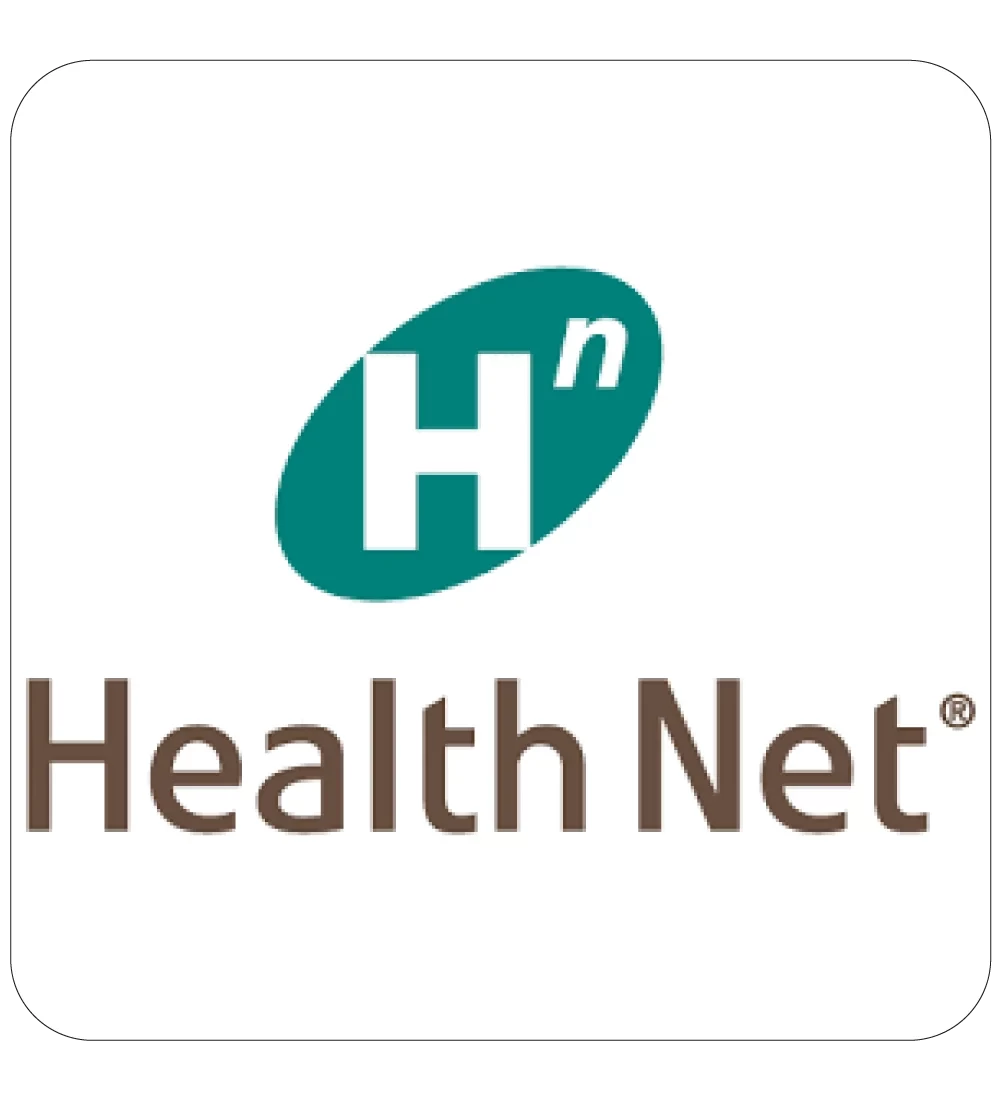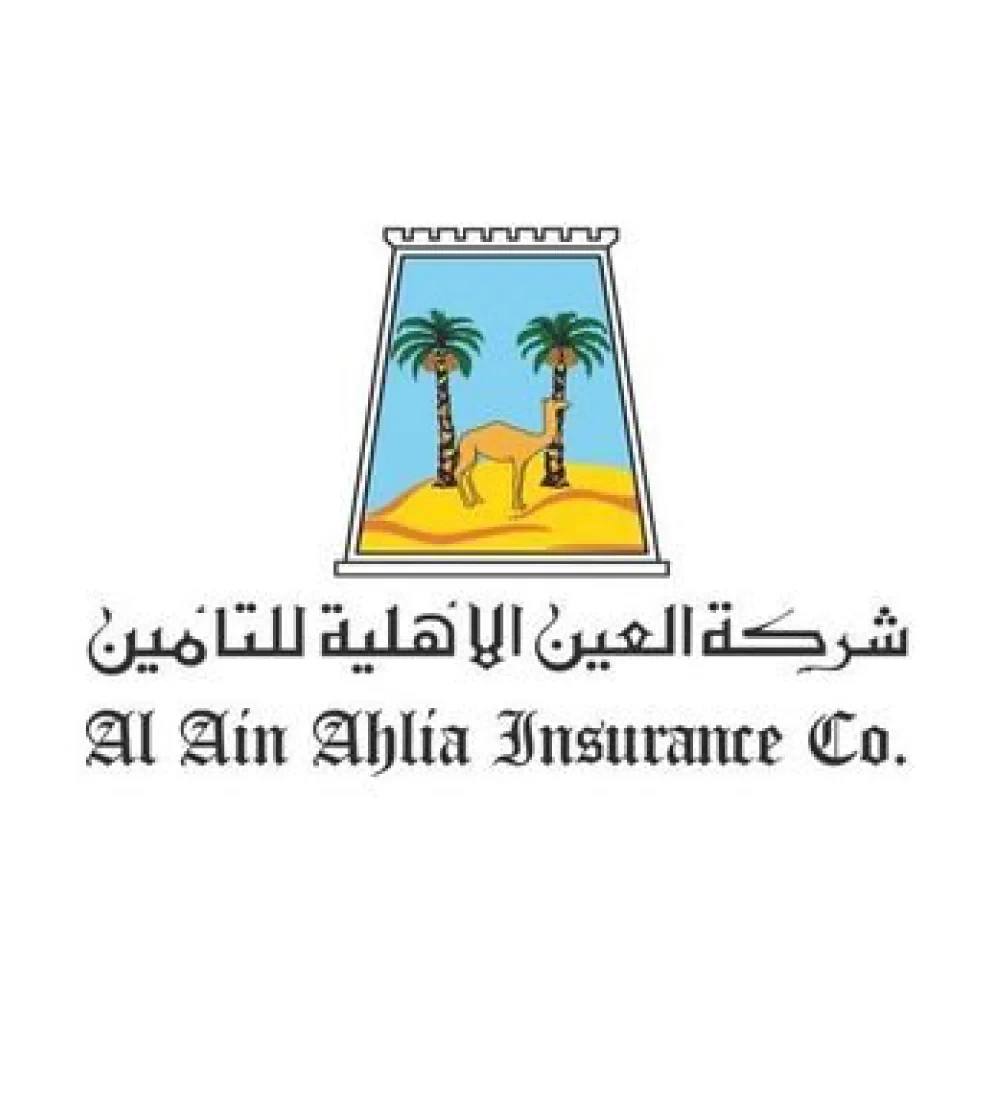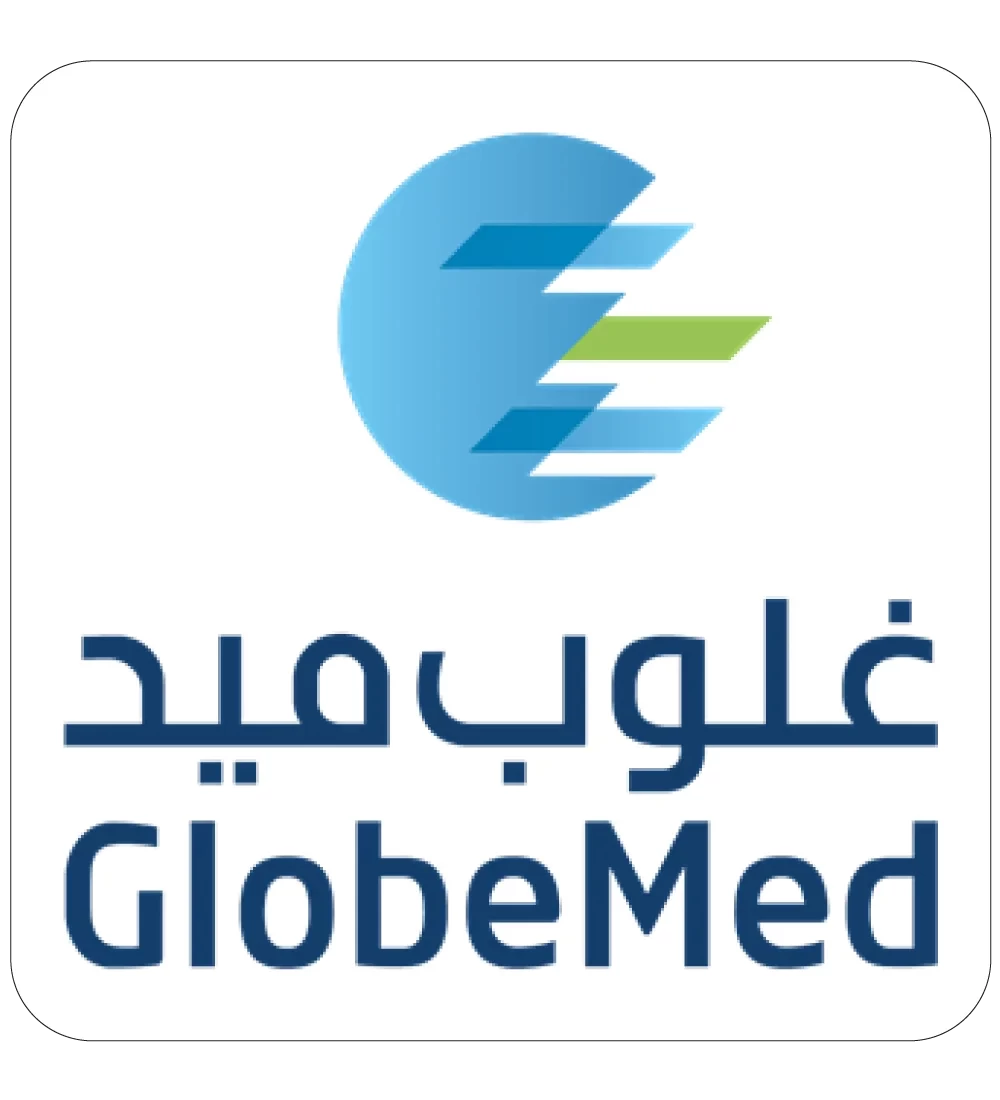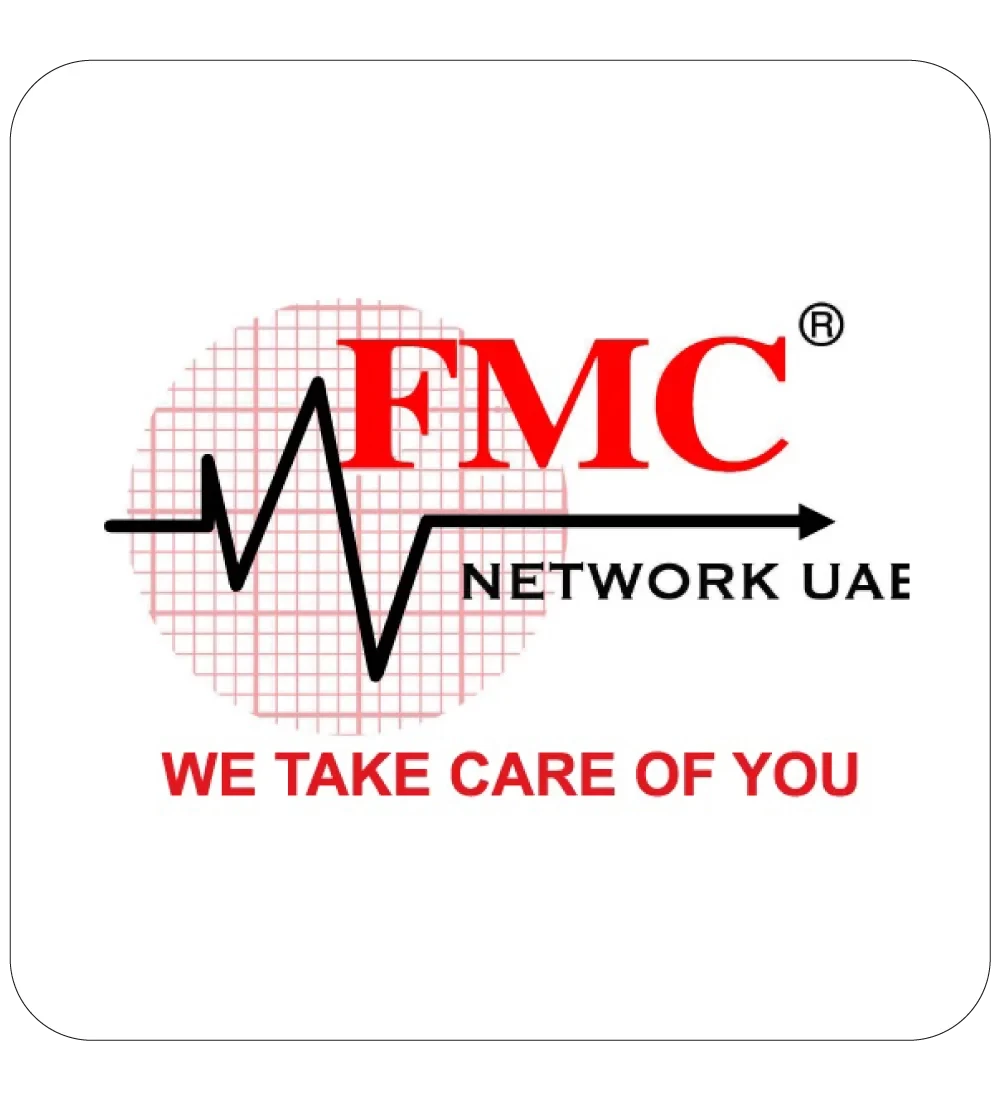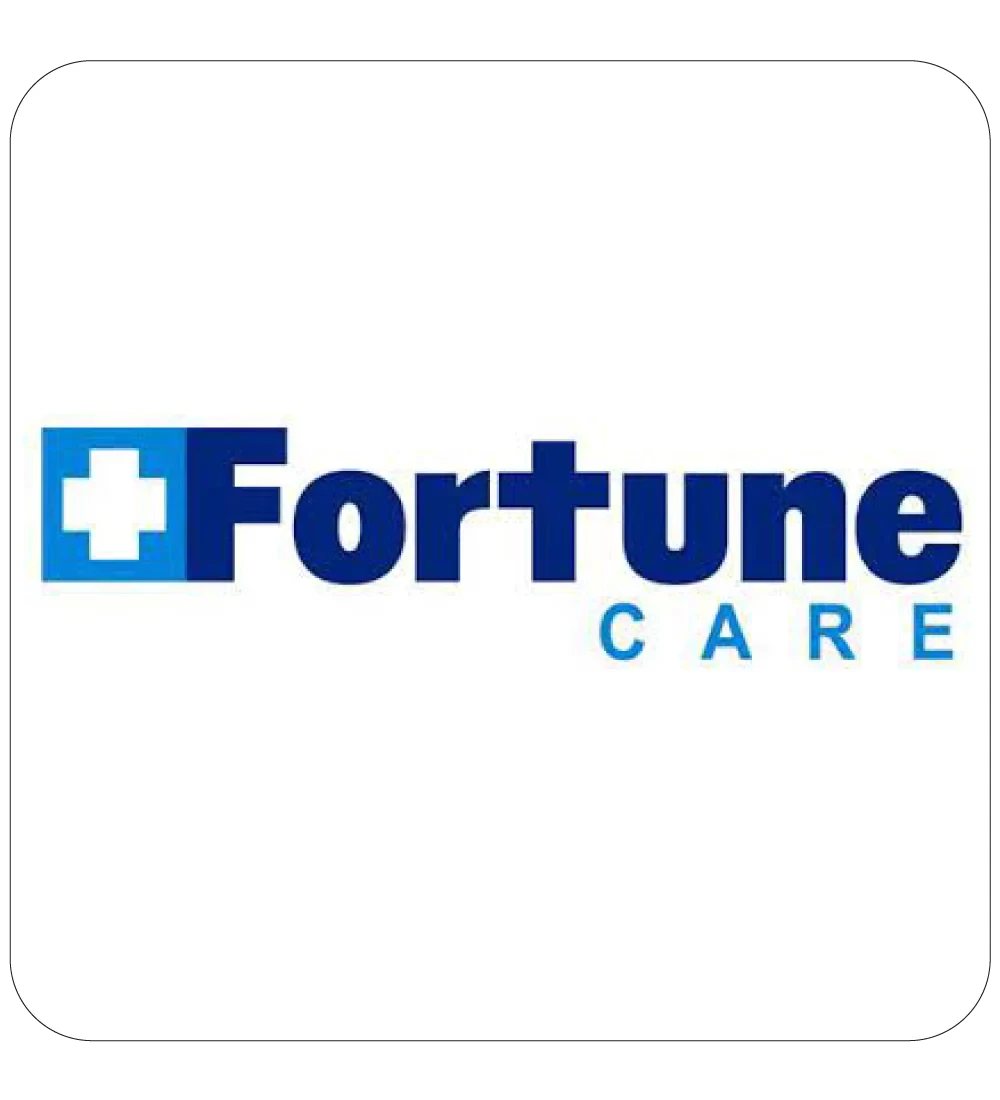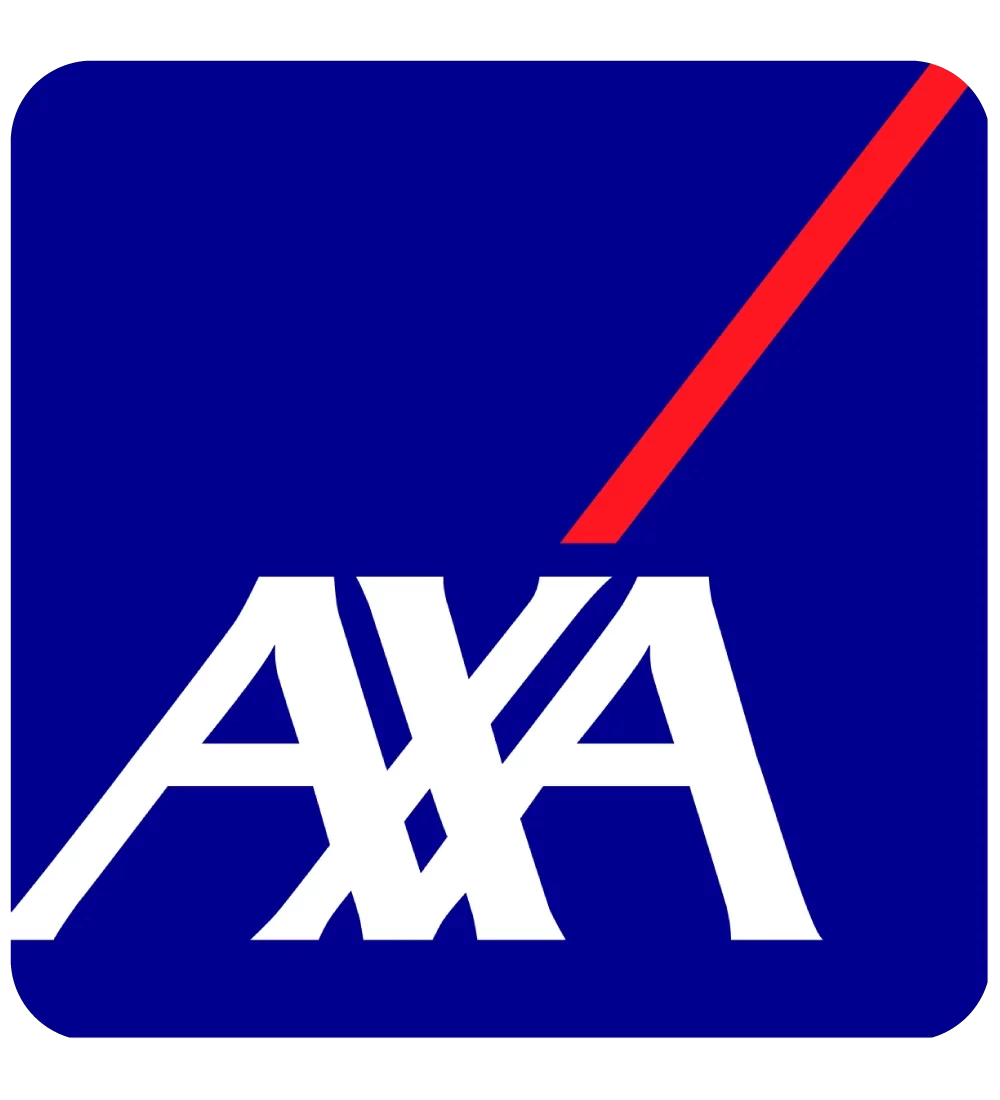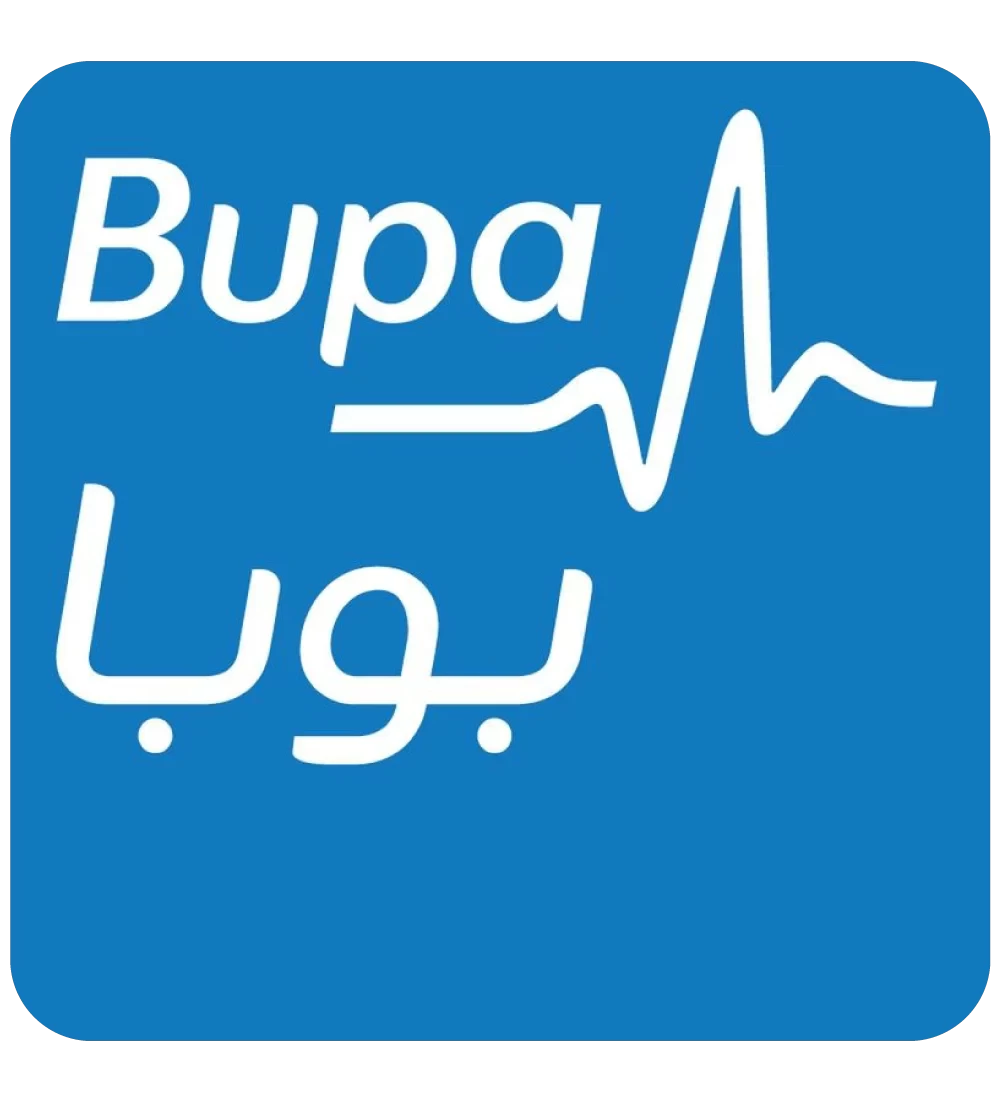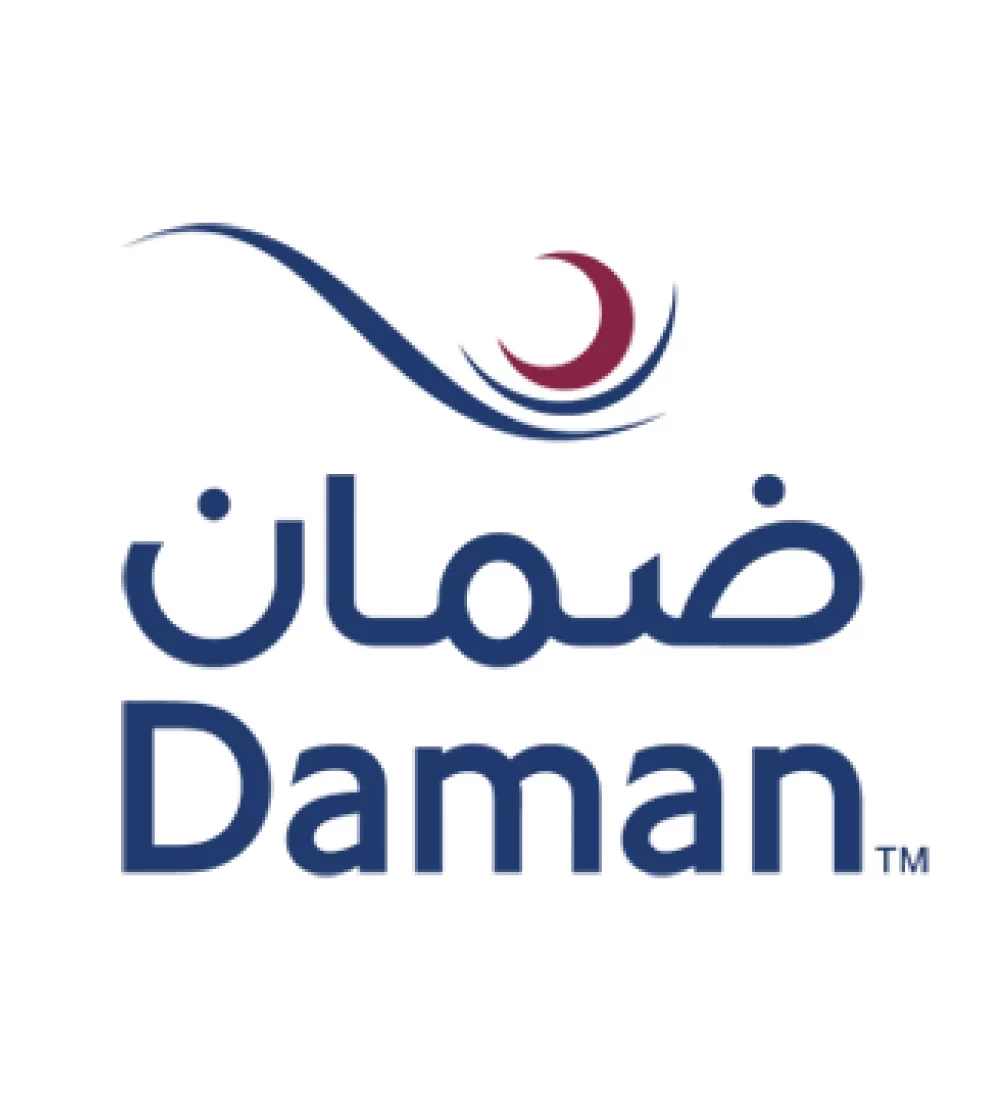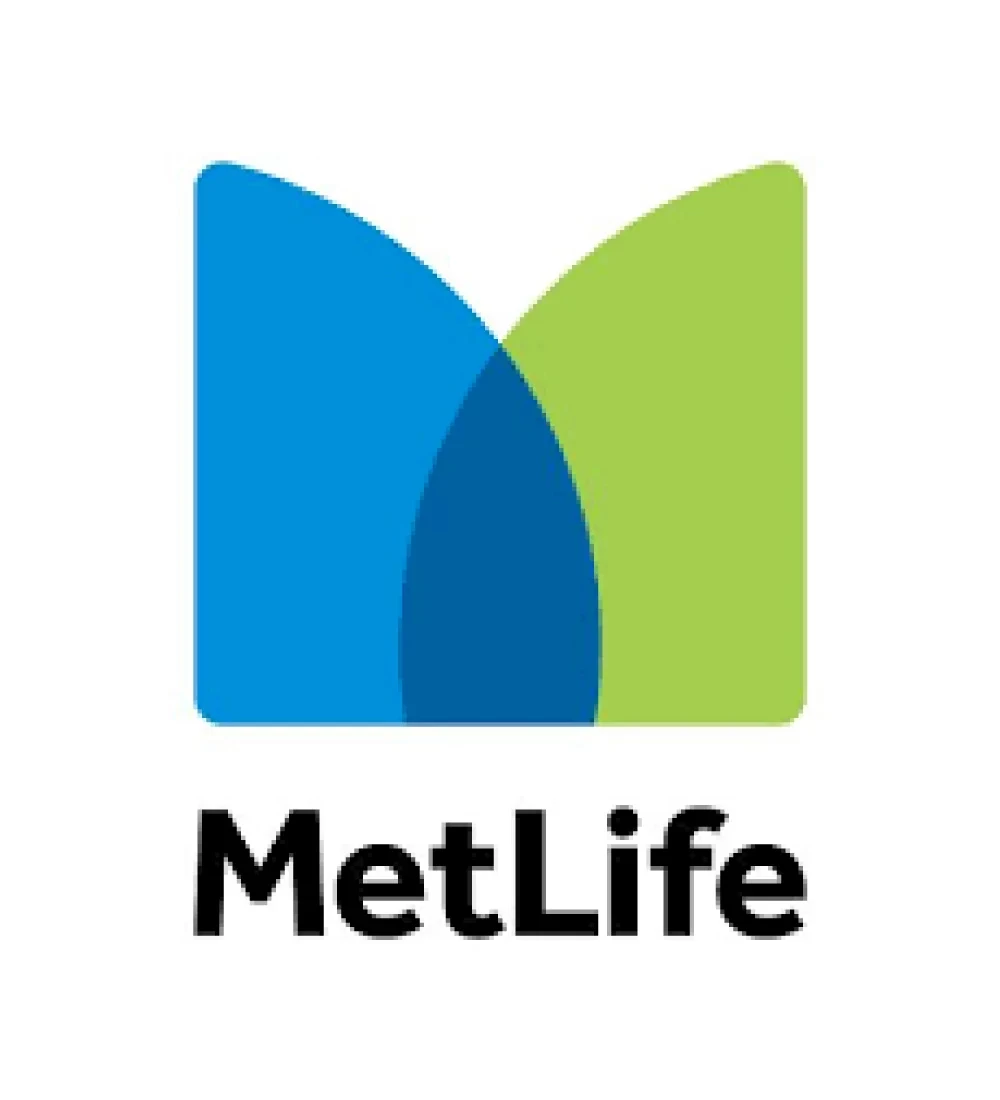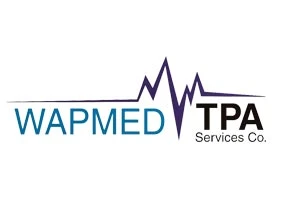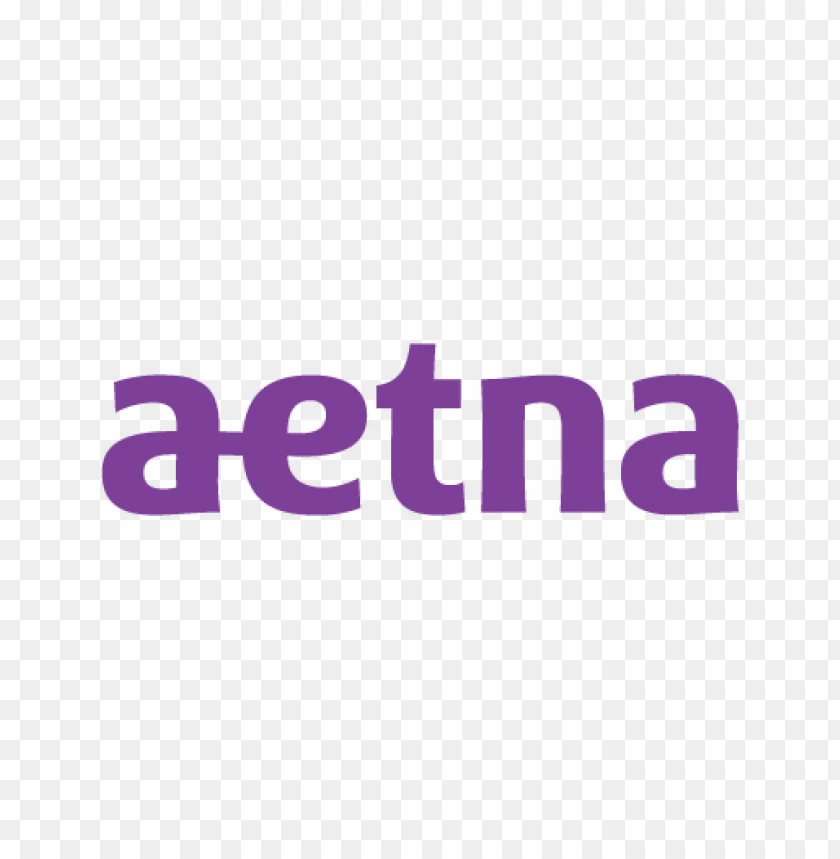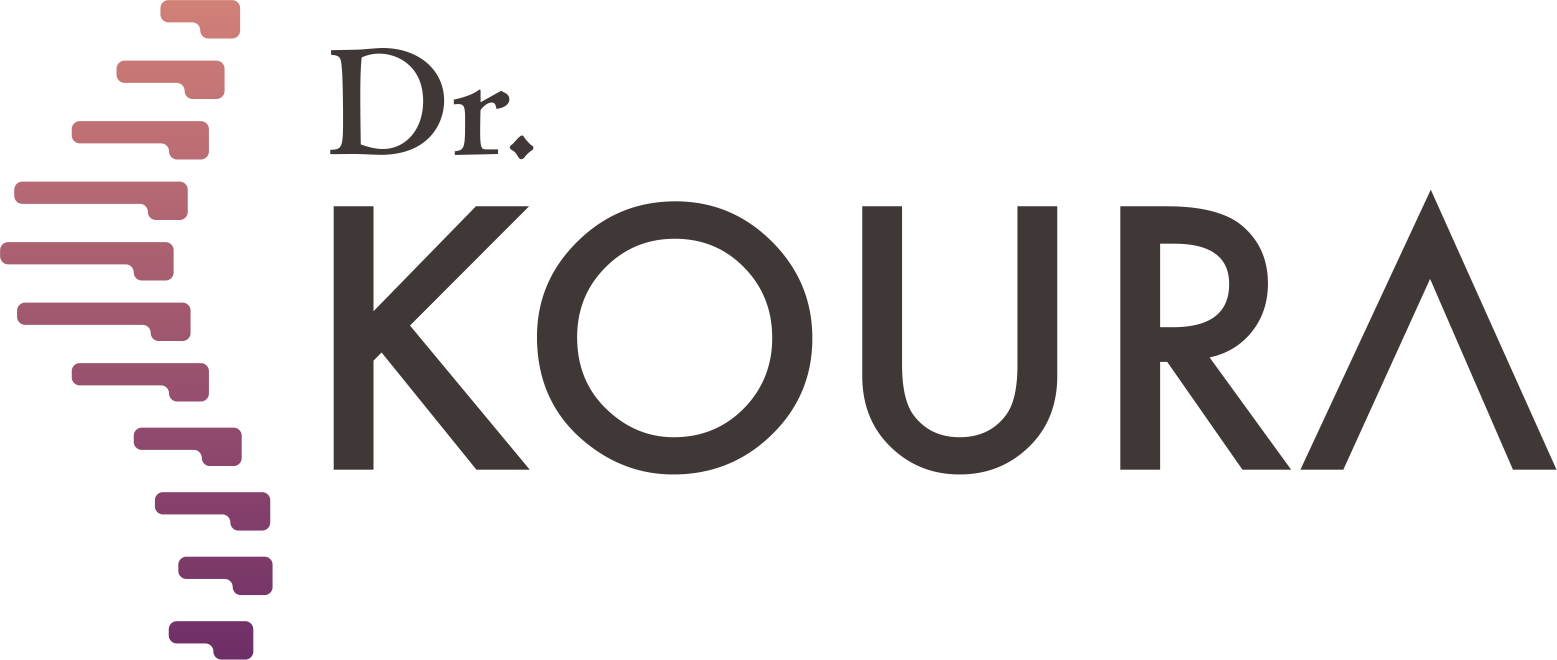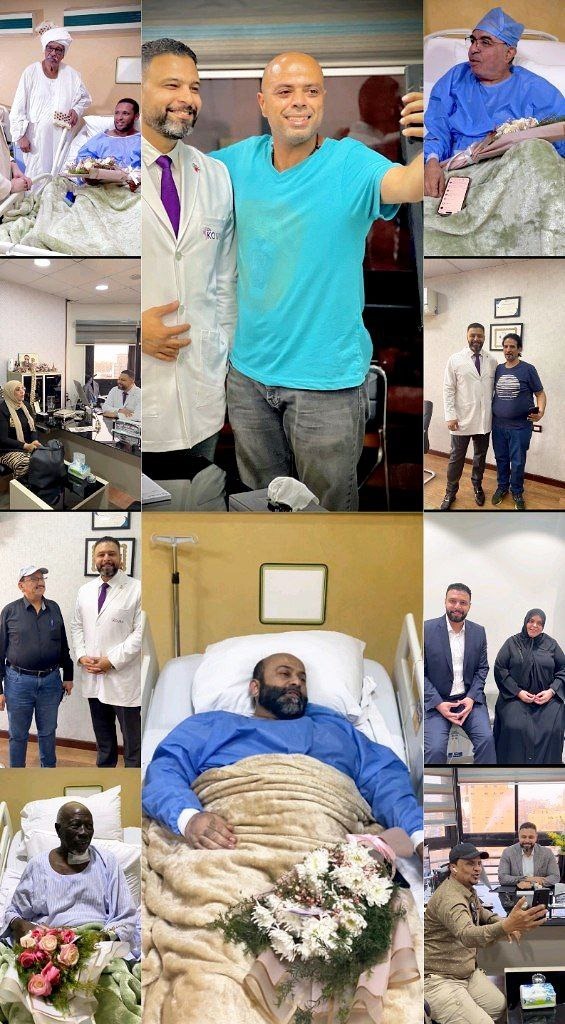
To see patients' reviews
Click hereCluster Headache: A Review with Focus on the Role of Radiofrequency Ablation in Management
-webp.webp)
Symptoms
- Neck Pain
- Headache
Abstract
Cluster headache (CH) is a rare but highly debilitating primary headache disorder, often referred to as the most painful of all headaches. It is characterized by recurrent, unilateral attacks of severe periorbital or temporal pain, associated with autonomic symptoms. Despite the efficacy of pharmacologic interventions, a subset of patients remains refractory to conventional therapies. In these cases, interventional pain management strategies—including radiofrequency ablation (RFA)—have emerged as a promising modality. This article provides a comprehensive overview of cluster headache pathophysiology, clinical presentation, and standard treatment approaches, with a detailed focus on the role of radiofrequency techniques in the treatment of refractory cluster headaches.
1. Introduction
Cluster headache is a trigeminal autonomic cephalalgia (TAC), primarily affecting males in their third to fifth decade of life. Though less prevalent than migraine, CH imposes a severe burden on patients’ quality of life due to its intense pain and cyclical nature. Standard abortive and preventive medications may fail in chronic or intractable cases, necessitating more advanced interventions.
2. Pathophysiology
The pathogenesis of CH involves a complex interplay between the trigeminal vascular system, parasympathetic activation via the sphenopalatine ganglion (SPG), and hypothalamic dysfunction.
• Hypothalamic activation, particularly the posterior hypothalamus, is a consistent neuroimaging finding during attacks.
• The trigeminal-autonomic reflex arc plays a critical role, mediated through connections between the trigeminal nerve and the parasympathetic outflow via the facial nerve.
• Activation of the SPG and trigeminal nerve leads to the characteristic autonomic features of lacrimation, nasal congestion, and ptosis.
3. Clinical Features
• Pain: Excruciating, unilateral, retro-orbital or temporal, lasting 15–180 minutes.
• Autonomic symptoms: Conjunctival injection, tearing, nasal congestion, rhinorrhea, ptosis, and miosis.
• Circadian and circannual periodicity: Attacks often occur at the same time each day, and seasonal patterns are common.
• Episodic vs Chronic:
• Episodic CH (80–90%): Remission periods ≥3 months.
• Chronic CH: No remission or remissions <3 months.
4. Conventional Treatment Options
4.1. Acute Abortive Therapy
• High-flow oxygen: First-line therapy, effective in up to 70%.
• Subcutaneous sumatriptan: Most effective pharmacological abortive agent.
• Intranasal zolmitriptan: Useful alternative.
4.2. Preventive Therapy
• Verapamil: First-line prophylactic agent; requires ECG monitoring.
• Lithium, topiramate, and melatonin: Used in refractory cases.
5. Refractory Cluster Headache and the Role of Interventional Management
Approximately 10–15% of CH patients are refractory to pharmacological treatment, especially in chronic forms. For these individuals, neuromodulation and ablative procedures targeting key neural structures have become essential.
6. Radiofrequency Ablation (RFA) in Cluster Headache
6.1. Mechanism of Action
Radiofrequency ablation involves delivering controlled heat (typically 60–80°C) via a probe to disrupt neural conduction. When applied to pain-mediating ganglia, RFA interrupts nociceptive signaling and modifies autonomic outflow.
6.2. Target Sites for RFA in Cluster Headache
1. Sphenopalatine Ganglion (SPG)
• The SPG is a key parasympathetic ganglion involved in the pathophysiology of CH.
• RFA of the SPG has been shown to significantly reduce attack frequency and intensity.
• Studies report long-lasting relief (up to 6–12 months or more) in patients with refractory CH.
2. Trigeminal Nerve (V2 division)
• In some patients, RFA of the maxillary branch of the trigeminal nerve has been used, particularly in cases with prominent facial pain components.
3. Occipital Nerve (C2/C3 dorsal roots)
• Though more commonly targeted in migraine and occipital neuralgia, RFA of the greater occipital nerve or its roots can benefit CH patients with overlapping symptoms.
6.3. Types of Radiofrequency Techniques
• Conventional (thermal) RFA: Produces neurodestructive lesions.
• Pulsed RFA: Uses lower temperatures (42°C) to modulate nerve activity without destruction—especially beneficial for reducing complications.
6.4. Clinical Evidence
• Cohen et al., 2010: Demonstrated significant reduction in CH frequency following SPG RFA.
• Narouze et al.: Found pulsed RFA to be safer with a favorable side effect profile while still offering meaningful pain relief.
• Recent studies (2020–2023) suggest RFA offers 50–80% sustained relief in refractory CH when applied to the SPG or trigeminal V2.
7. Advantages of Radiofrequency in Cluster Headache
• Minimally invasive with low complication risk.
• Outpatient procedure, often performed under fluoroscopy or CT guidance.
• Long-lasting relief, reducing need for polypharmacy.
• Reversible and repeatable, especially with pulsed RFA.
8. Limitations and Risks
• Facial numbness, dysesthesia, or hypoesthesia—more common with conventional RFA.
• Technical demands: Requires experienced interventionalist and precise imaging guidance.
• Not curative: CH may relapse, necessitating repeat procedures.
9. Future Directions
Emerging technologies such as stereotactic radiofrequency lesioning, ultrasound-guided RFA, and robot-assisted navigation are refining the precision and safety of RFA procedures. Additionally, combined approaches with neuromodulation (e.g., SPG stimulation) and biologic therapy (e.g., CGRP antagonists) may enhance outcomes.
10. Conclusion
Cluster headache remains one of the most disabling primary headache disorders, particularly in its chronic and refractory forms. While pharmacologic therapy remains first-line, radiofrequency ablation of key neural structures—especially the sphenopalatine ganglion—offers an effective, minimally invasive option for patients who fail conservative management. With expanding clinical evidence and technological advancements, RFA is poised to become a cornerstone in the interventional treatment of cluster headaches.
Dr. Mohamed Koura is here to assist you using the latest therapeutic techniques, including thermal radiofrequency and laser treatments for spinal pain without surgery—book your appointment now from here.
Why Choose Dr. Mohamed Koura ?
Simply because he is the best doctor in his feild. He stays updated on the latest treatment technologies through his participation in various international conferences with leading foreign doctors and experts. Finally, and most importantly, Dr. Mohamed Koura is the best doctor in Egypt and the Arab world, possessing 12 non-surgical techniques for treating spinal and joint problems. He was the first to introduce modern interventional treatment techniques in Egypt & the Middle East and is the only one using the disc fx technique to treat spinal pain.
Certainly not, some cases must be treated surgically, and the most appropriate technique for the patient is determined through a medical examination and the presence of imaging studies.
No, it is necessary to make a reservation through a phone call or social media messages.
There are no risks or side effects associated with non-surgical pain interventions.
The patient needs only 3 to 4 days before they can travel comfortably, and the hospital stay does not exceed 6 to 8 hours.
A condition cannot be accurately assessed and a proper medical diagnosis made without a medical examination and recent imaging studies.
Yes, there are several payment methods available through Visa or electronic wallets by making a reservation on our website.
Certainly, obesity is one of the causes of knee osteoarthritis.
Radiofrequency activates the nerve and does not cause any damage to it.
Non-surgical interventions are a definitive treatment for some cases and pain relievers for other cases, which is determined by the doctor through a medical examination.
If the herniated disc is fully treated, there is a possibility of it reoccurring in some cases, such as not following the doctor's prescribed instructions after the intervention, experiencing an accident, or making a sudden wrong movement like lifting heavy objects.
The entire disc is not removed due to the presence of several risks and it may exacerbate the condition. Only the protruding part that causes pain is removed.
This cannot be done with radiofrequency, but it is performed through other techniques that Dr. Koura conducts.
The success or failure of non-surgical interventions cannot be judged through radiographic imaging because these procedures involve making subtle changes to critical parts to address the issue. Consequently, they do not produce significant changes to avoid potential complications in the future or damage to the spine and joints, which is our primary goal.
Spinal stenosis does not typically cause sciatica. In most cases, disc herniation is what may lead to sciatica. This does not necessarily mean that a patient with sciatica will also have spinal stenosis.
Sciatica may return if the patient does not adhere to the medical instructions provided by the doctor or in the event of an unexpected accident.
A life without pain without surgery
Once you book with Dr. Koura
Get rid of pain with just one call.. Book your appointment now with pain Management consultant Dr. Koura.
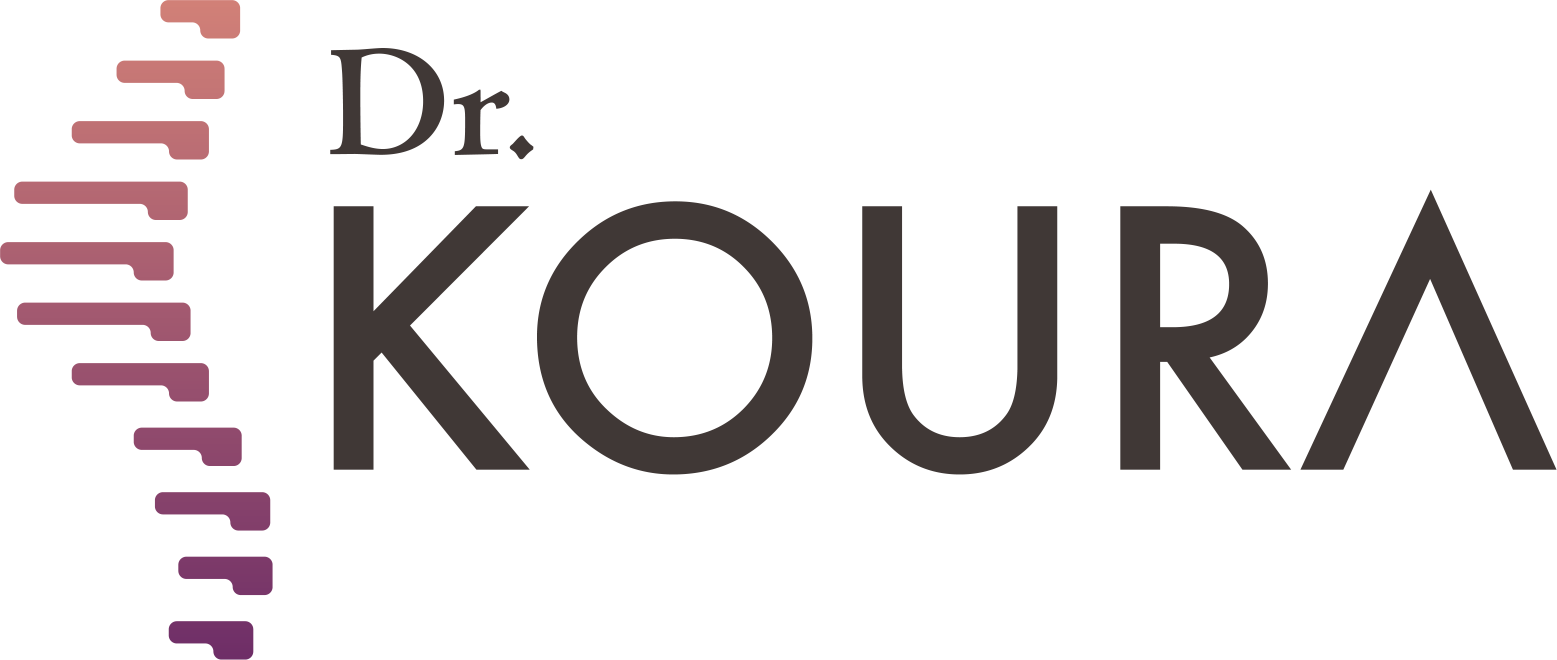

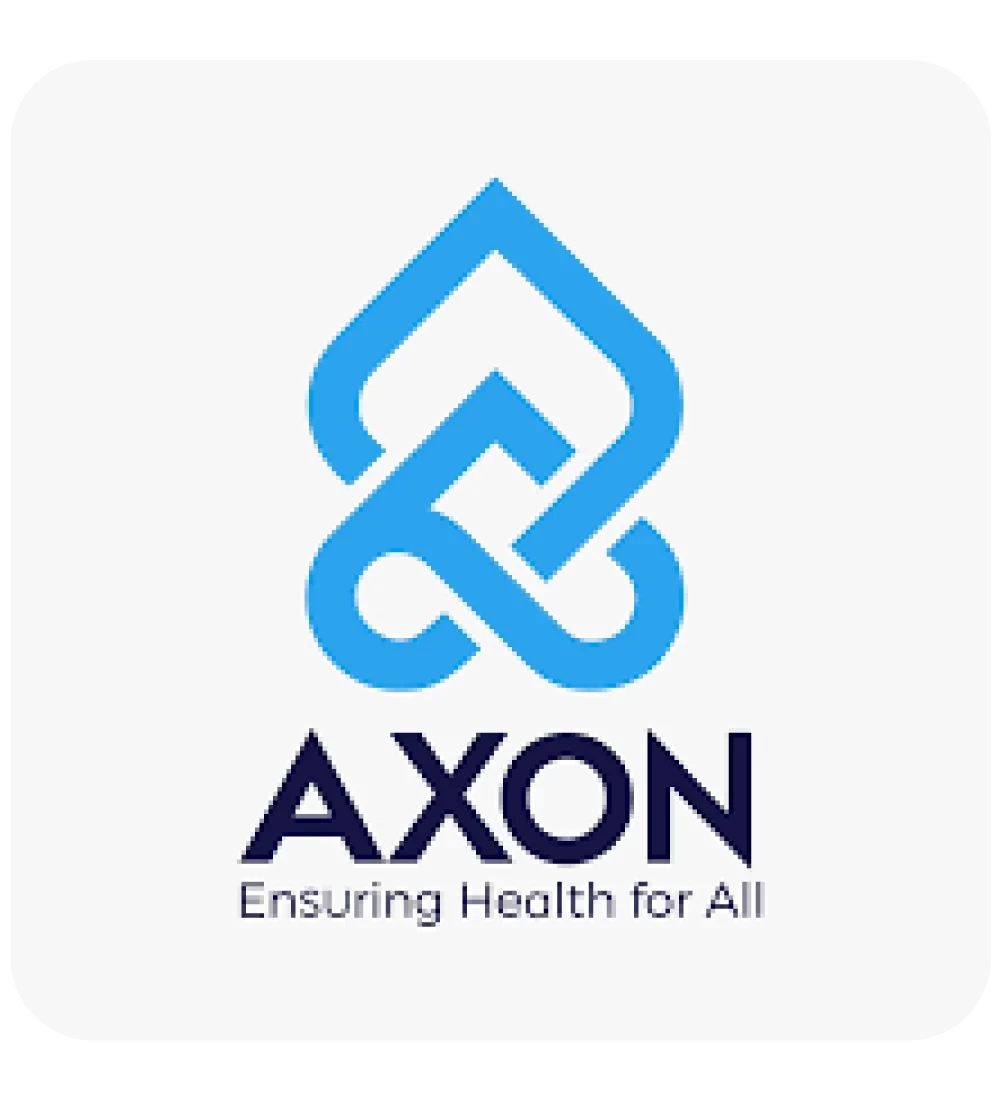
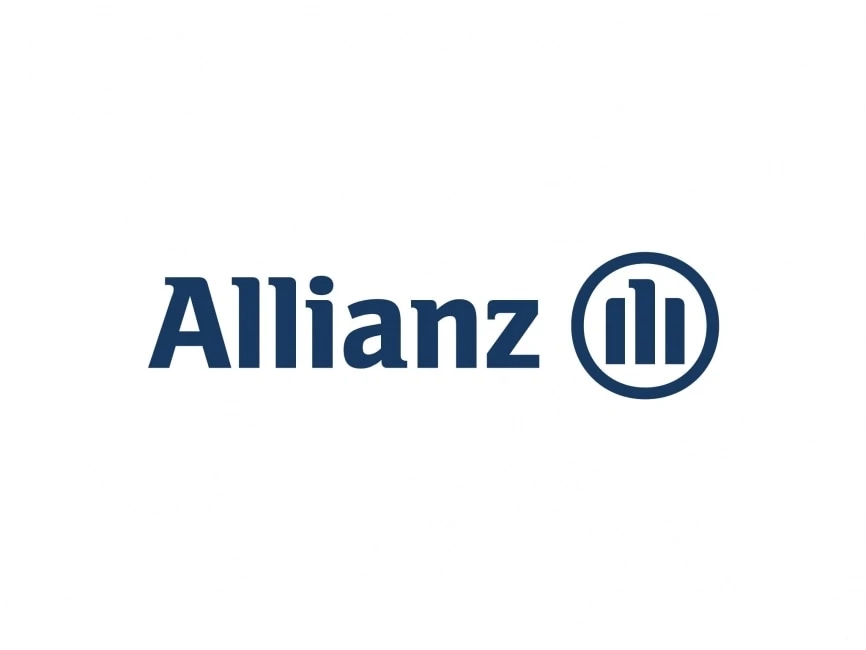


-webp.webp)

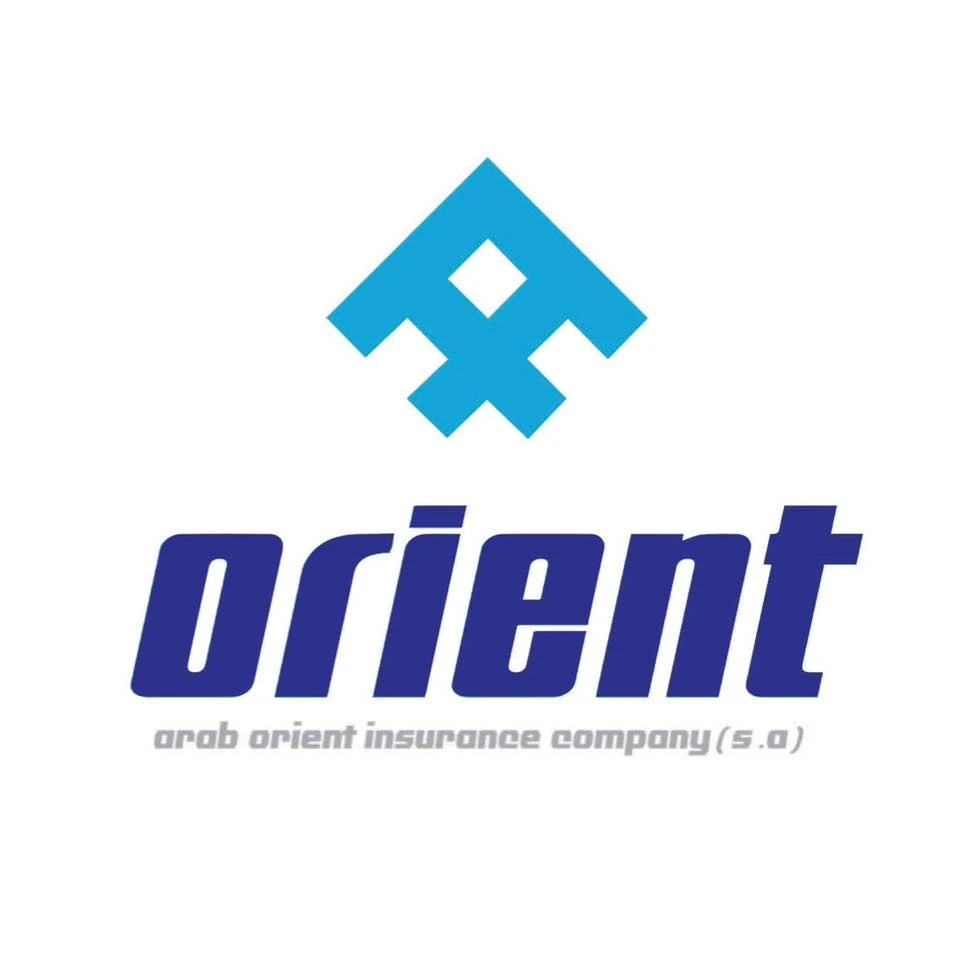


-webp.webp)
